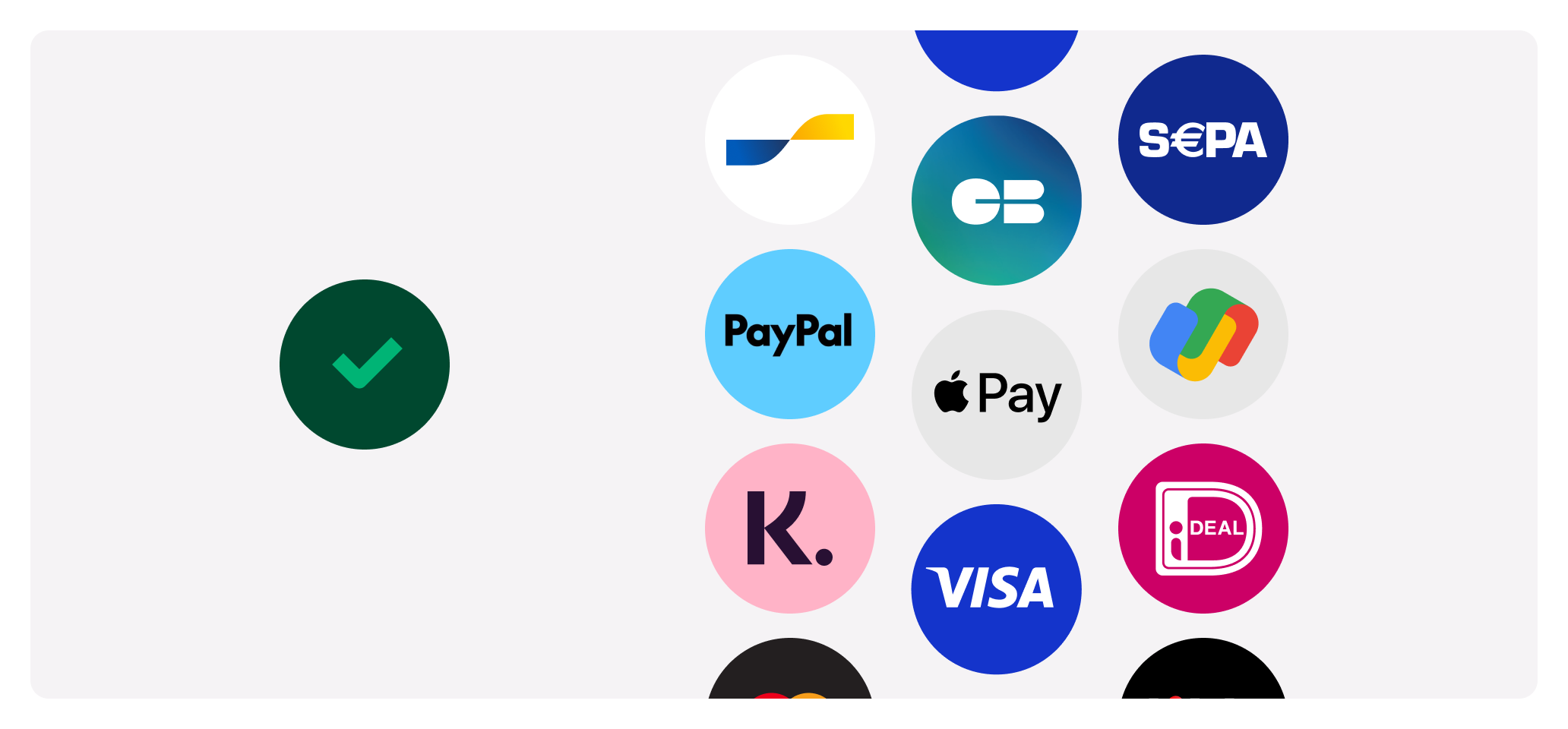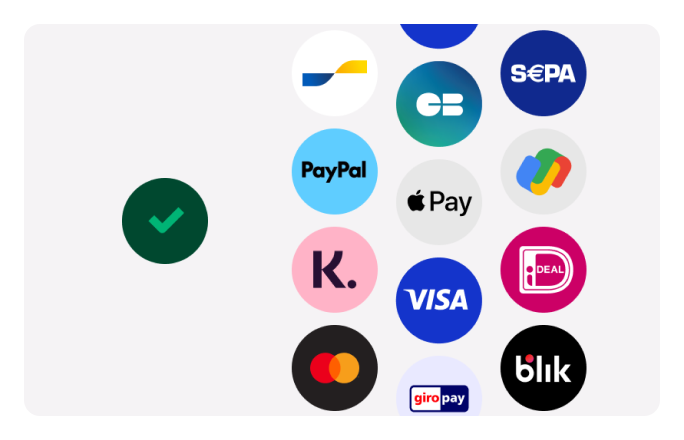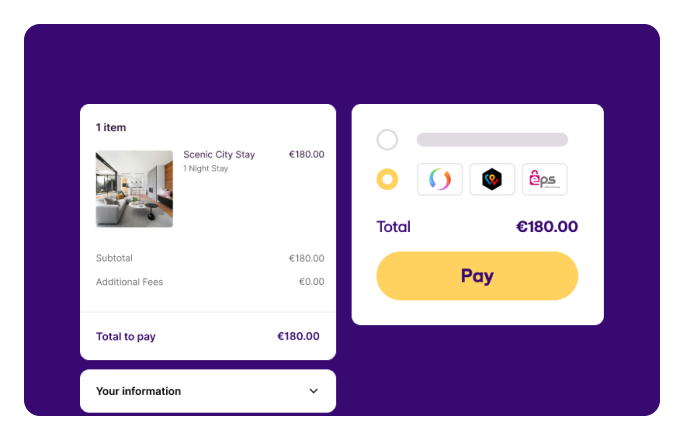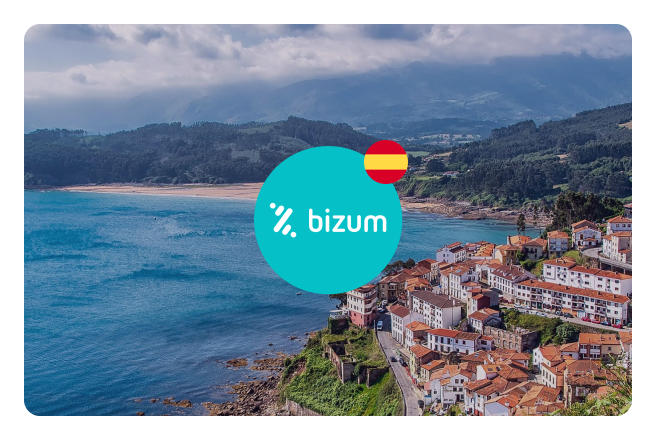How platforms can improve their payment acceptance rates
Looking to increase your payment acceptance rates and improve your conversion rates? Discover what you might be missing and learn best practices to address online payment concerns.


As an online platform, you must offer various payment options, including both credit cards and alternative payment methods (APMs), to meet the diverse needs of your customer base. Offering these options at the checkout is key for driving sales, expanding your reach, and increasing customer retention.
However, to truly drive sales and maintain a competitive edge, you also need to focus on optimizing your payment acceptance rates and prioritizing quality over quantity. This involves selecting the right payment methods, implementing efficient payment flows, and ensuring seamless integration. Let's explore what this entails further below.
In this article, we address three main topics to consider for improving your payment acceptance rates:
- What are the low acceptance rate factors, and what issues lead to declined transactions.
- How to optimize your checkout process to promote your payment methods, streamline payment flows, and ensure smooth transitions between different channels or pages.
- What fraud prevention measures you need to consider to avoid false declines, minimize false positives, and reduce fraud rates.
The intertwined relationship of acceptance and conversion
Acceptance and conversion are closely related - improving one positively impacts the other. Acceptance rate represents the total number of accepted transactions out of all attempted transactions. It measures how many payment attempts are successfully processed, indicating the performance of your employed payment gateway, including any issues related to payment declines or system errors.
To calculate the acceptance rate, divide the number of authorized payments by the number of attempted transactions. This data can often be provided by your Payment Service Provider (PSP), and you may want to benchmark it against similar platforms in your vertical to gain further insights. Ideally, you should target a +90% acceptance rate. Depending on your country of operation or industry vertical, this can go up to +95%.
On the other hand, the conversion rate measures how well your website converts visitors into paying customers.
Factors influencing the payment acceptance rates
From a payment perspective, the customer journey begins with displaying the available payment methods and continues until they complete the transaction. You must evaluate the conversion sliced by each payment method, as some local payment methods may perform better than others depending on the channel and region. For example, iDEAL is undoubtedly a successful payment method in The Netherlands, while Buy Now, Pay Later (BNPL) options are particularly popular among German buyers. Digital wallet users mainly pay via mobile devices, whereas card payments are more versatile across different devices.
Specific factors for accepting card payments
Most markets worldwide are card-driven. While alternative payment methods (APMs) are on the rise and need their fair share of consideration, cards are still dominant, implying that more factors must be assessed to increase the acceptance rate.
Fraud assessment
Platforms must fine-tune their fraud prevention policies to avoid frequent declines and reduce false positives. The key here is to prevent legitimate transactions from being flagged as fraudulent, which can frustrate customers and lower conversion rates.
Authentication rate
Security measures such as 3DS are essential for protecting online transactions. However, these measures can sometimes add friction to the payment process. Exemptions make it less cumbersome on the customer’s end while keeping the transaction and journey safe.
Authorization rate
For a transaction to move forward toward completion, the issuer must have all the necessary information to evaluate its risk. Ensuring this information is available and correctly processed improves the authorization rate, leading to more successful transactions and collected funds.
Understanding the causes of low acceptance rates
Low acceptance rates lead to direct sales losses, potentially affecting consumer trust. When platforms experience low authorization rates, they miss out on revenue. Furthermore, if a customer re-attempts a payment and receives another decline message, it might put them off using the platform or returning in the future.
To mitigate these consequences, platforms must focus on two essential aspects: technical operations and customer experience. The backend processes must operate as smoothly as the frontend user experience. Additionally, the factors that contribute to low acceptance rates can vary based on the type of payment method used - APMs or card payments.
Alternative Payment Methods
APMs are specifically built to follow the local payment preferences of individual markets. By offering local payment methods, a platform can attract more customers, improve conversion rates, and enhance the overall payment experience. At the same time, payment methods are specifically optimized for different experiences, whether mobile or desktop. When businesses fail to optimize payment flows, they experience lower acceptance rates and increased cart abandonment.
According to a Baymard report on reasons for cart and checkout abandonments, 22% of users cited a too long or complicated checkout process, and 13% mentioned a lack of sufficient payment methods. While these percentages might seem low, the impact on overall sales and customer satisfaction is significant.
Card payments
Low acceptance rates for card payments can be influenced by fraud prevention systems, frequent 3DS triggers, and authorization issues, as follows:
- Fraud prevention systems can sometimes flag legitimate transactions as fraudulent, resulting in false positives. This not only frustrates customers but also results in lost sales.
- Security measures such as 3DS are critical in protecting online transactions. However, if these measures are triggered too frequently or if the issuer's authentication process is not optimized for user experience, they can add too much friction, leading to a poor user experience and potentially causing customers to abandon their purchases.
- The authorization process involves the card issuer evaluating the risk of each transaction. If the issuer lacks the necessary information or the risk assessment process is flawed, it could result in declined transactions.
Ultimately, there are elements within your control and others that lie beyond it.
Hard and soft declines by the issuer can occur for various reasons, such as insufficient funds, incorrect card information, or suspicious activity. Most of these issues are beyond the control of the platform or their PSP. However, a major concern arises when it comes to fraud.
On the other hand, issues can arise from how you, as a platform, have implemented your checkout experience, especially in terms of API integrations. If you don't follow best practices, you might send incomplete or incorrect information to your PSP. If essential data is missing when it reaches the issuer for approval, payments might be declined - not due to any fault of the end-customer, but because of information gaps in the process.
Issuers use fraud detection systems that may flag transactions for reasons like mismatched shipping and billing addresses, unusual purchase patterns, or unfamiliar device IDs. It's better to identify potential fraud before the issuer does.
How to improve payment acceptance rates
To improve acceptance rates, platforms should focus on optimizing the checkout process. This involves two main areas: refining payment options and flows, and strengthening fraud prevention measures.
Payment options and flows
Show payment options relevant to your customers based on their location and preferences. For instance, make sure to offer PayPal at checkout to customers in Germany and iDEAL to those in the Netherlands. Avoid overwhelming users with too many options. Just show the most relevant ones. However, don’t make it impossible for customers to use other payment methods. Customers might be based in one country but purchasing from another, so it's essential to provide the right payment methods for each situation.
Payments have become an integral part of the mobile-first experience. If your platform receives significant traffic from mobile users, it's essential to optimize your checkout process for mobile devices. An optimized mobile checkout process should include simplified authentication methods, a responsive design, support for auto-fill or copy/paste for input fields, and integration with digital wallets.
Use one-click payment buttons to reduce the amount of information customers need to enter. This also minimizes the clicks and steps required to complete a purchase. Collect all the necessary details in one go, allowing customers to complete their purchases quickly.
Let customers save their card information for future purchases. This way, you speed up the checkout process for repeat buyers, making it faster and more convenient for them to complete future transactions.
Lastly, although you might be looking to build an account-based customer base, make it easy for customers to buy without setting up an account. About 34% of users abandon their carts if guest checkout isn't an option.
Fraud prevention
A technology that adapts to threats reduces fraud rates and minimizes false positives. Below are several recommendations platforms can consider implementing:
- Handle 3DS exemptions by using network trust and risk-based authentication.
- Use machine learning models to increase the real-time fraud detection precision and minimize false positives.
- Adjust security measures and thresholds based on transaction risk levels.
Lastly, although allowing customers to copy and paste their card details is often avoided because it can signal potential bot activity, this feature is very convenient for mobile users. By implementing a precise fraud detection system that identifies bot activity, platforms can offer this functionality without the fear of rejecting genuine users.
How Mangopay can help you improve your acceptance rates
We provide a range of tools and features from three key areas - checkout, payments, and security - designed to maximize revenue and minimize transaction failures.
Checkout optimization
Mangopay's Checkout SDK offers a user-friendly experience that helps reduce cart abandonment and increase successful transactions. The customizable appearance allows platforms to align the checkout interface with their brand, making the process less disruptive for buyers and helping them recognize the brand they trust. The responsive design is compatible with web, Android, and iOS platforms, delivering a seamless experience across all devices.
Automatic card detection further simplifies the process by identifying and validating card details as customers enter their information. Mangopay also fully manages 3DS2 authentication within our ecosystem, providing an additional layer of security without complicating the checkout flow.
Payment infrastructure
We facilitate easy onboarding and integration of multiple local and global payment methods through a single platform. Mangopay supports a variety of payment methods and currencies, giving platforms the flexibility they need while ensuring global reach. Whether it's card payments, e-wallets, Buy Now Pay Later (BNPL), account-to-account (A2A) payments, and more, Mangopay caters to diverse user payment preferences. This flexibility extends globally, with support for over 24 currencies, allowing transactions in the customer's preferred currency. The payment terms are also flexible, facilitating options like membership fees, installments, and subscription payments.
What’s more, Mangopay's preauthorization capabilities allow businesses to choose between a 7-day or 30-day preauthorization period for card transactions. This feature adds both flexibility and security, especially useful for managing no-show or late cancellation charges. Conducting a pre-authorization transaction is one of the highly recommended ways to avoid declines.
Fraud prevention
Mangopay actively protects transactions with security measures, such as tokenization to keep sensitive information secure, and advanced fraud prevention technologies to detect and prevent fraudulent transactions. With in-depth data insights and bespoke machine learning models, we minimize fraud rates and false positives.
Zero charge card validation employs 3DS authentication protocols for thorough card validation, increasing the security of user transactions. Detailed analytics and reporting tools are provided to monitor transaction success rates and identify potential issues.
Top-tier platforms are improving their payment acceptance rates with Mangopay. Contact us and see for yourself how we support our clients and how we can help you scale even further.


